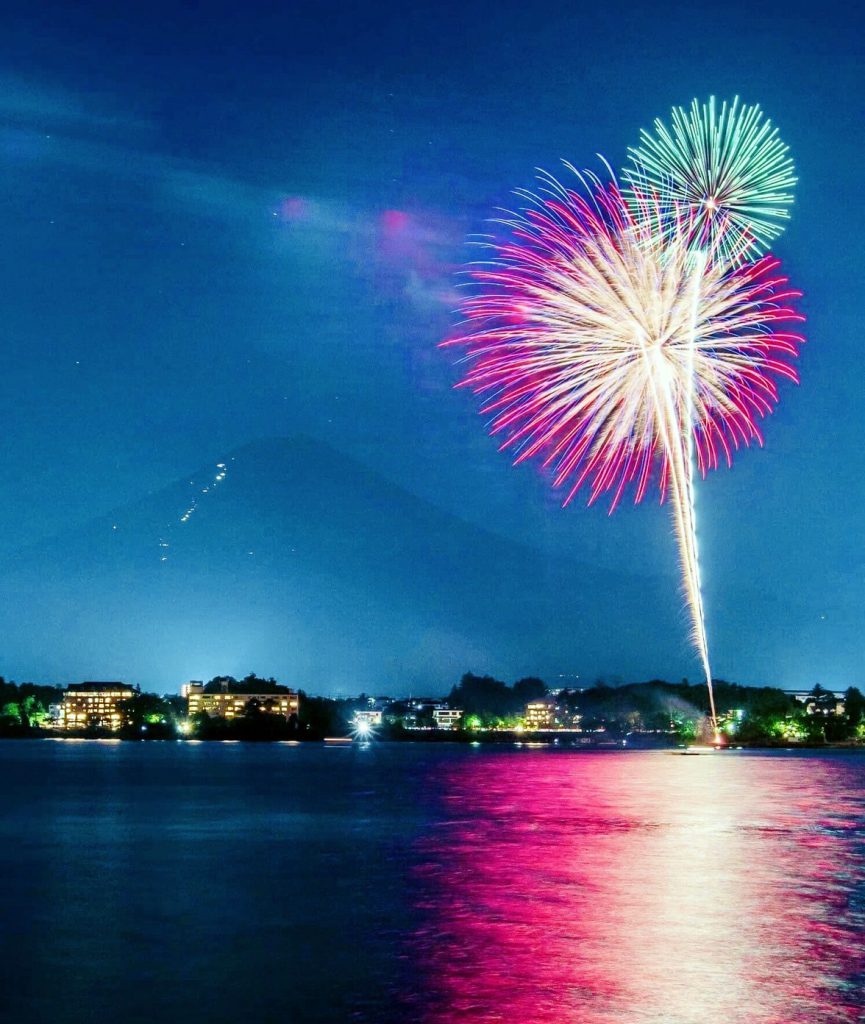
Fireworks festival is one of the summer traditions in Japan. From around the 9th and 10th, fireworks festivals have begun to be held all over the country. Fireworks in Japan are said to be the most beautiful in the world, and by the time summer vacation begins, they will be held every week in various parts of Japan. Japanese people have a unique feeling for the fireworks that colorfully color the summer night sky and disappear in an instant. In a word, it’s a sense of transience of life. We Japanese are blessed with a rich natural environment that is rarely seen in the world, but contrary to that, the history of being hit by natural disasters that are rarely seen in the world has nurtured this sense of impermanence. It is said that fireworks began to be viewed around the time of Ieyasu Tokugawa in the Edo period, but fireworks began to be viewed on a large scale during the Great Famine of the 18th year of Kyoho. It was a trigger. At that time, Shogun Yoshimune held a water god festival to pray for a memorial service and the extinction of the plague, and fireworks were launched at that time. This year, the COVID-19 pandemic hasn’t stopped yet, but it seems that fireworks festivals will be held all over the country for the first time in three years.
日本の夏の風物詩といえば花火大会です。この9日、10日あたりから全国各地で一斉に花火大会が開催され始めました。日本の花火は世界で一番美しいとも言われており、毎年夏休みに入るころには日本各地で毎週のように行われるようになります。夏の夜空を色彩豊かに彩り、一瞬の内に消えてしまう花火に、日本人は独特な感懐を抱きます。ひと言で言えばそれは無常観です。世界でも稀に見る豊かな自然環境に恵まれてはいますが、それとは裏腹に、これまた世界でも稀に見る自然災害に見舞われてきた歴史がこの無常感を育みました。花火が鑑賞されるようになったのは江戸時代の徳川家康の頃からだと言われていますが、花火が大規模に鑑賞されるようになったのは、享保十八年の大飢饉がきっかけです。その時の将軍吉宗が慰霊と悪疫退散を祈って水神祭を行い、その時に花火を打ち上げたのが始まりです。今年はコロナ禍がまだ収まりませんが、3年ぶり花火大会が全国各地で開催されるようです。
